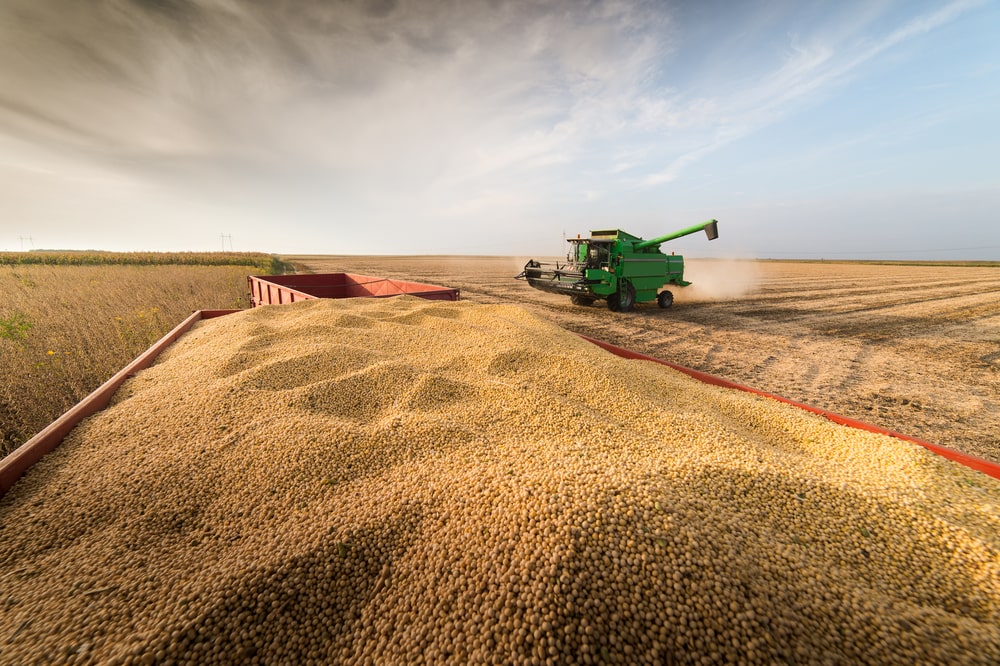The Deputy Minister of Food and Agriculture, Mr Mohammed Tufero, said Ghana has a capacity to produce 700,000 metric tons of soya beans annually on an area of roughly 250,000 hectares, but only about 125,000 hectares are actually being cultivated.
The Deputy Minister made this known while addressing a stakeholder meeting on the theme, “Soyabean – A strategic crop for poverty reduction and enhanced food security in Northern Ghana.”
He stated that the country’s untapped soya bean processing and export potential is expanding.
In his remarks on the theme, he said that the biggest constraint was the inability of medium and smallholder farmers to boost their yearly soyabean production by an additional 200,000 metric tonnes.
According to the Deputy Minister of Food and Agriculture, while demand was more than approximately 300,000 metric tonnes, soyabean production in Ghana climbed gradually from 113,000 metric tonnes tonnes in 2009 to just over 200,000 metric tonnes in 2020.
He claimed that despite the high production, the processing business was still struggling with a number of issues, such as a lack of processing materials, difficult access to loans, and inadequate equipment.
Mr. Tufero disclosed that in order to address the low soybean yields experienced by smallholder farmers, it is necessary to facilitate the soy value chain so that smaller commercial farmers and aggregators with the financial resources and incentives to invest in smallholder production can connect smallholder farmers to input and output markets, equipment, and information.
“These linkages will build the capacity of smallholder farmers to increase the efficiency of their farm businesses with improved production and post-harvest handling practices with an emphasis on processing to meet the ever-increasing demands of the value chain,” he said.
In a presentation, Project Coordinator Professor Samuel Adjei-Nsiah stated that the project was conceptualized around the lack of organization, information management, and decision-making tools among soyabean value chain actors.


Comments are closed.